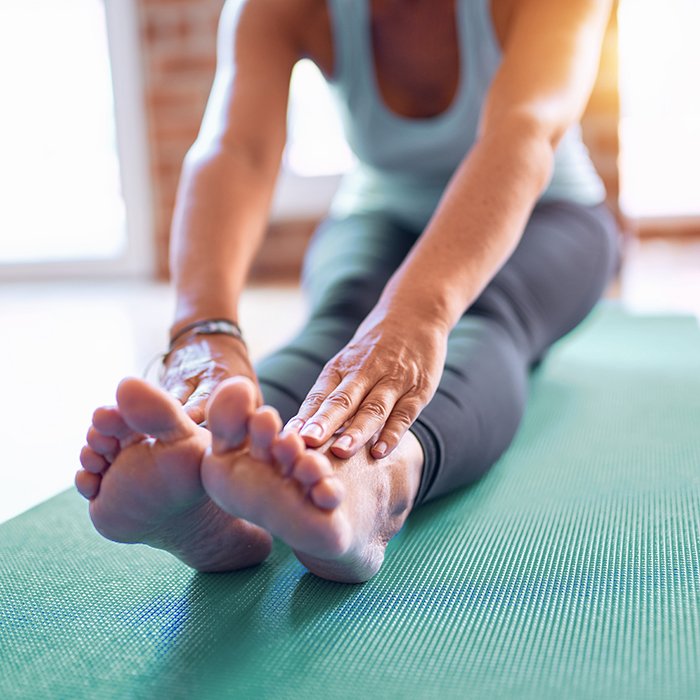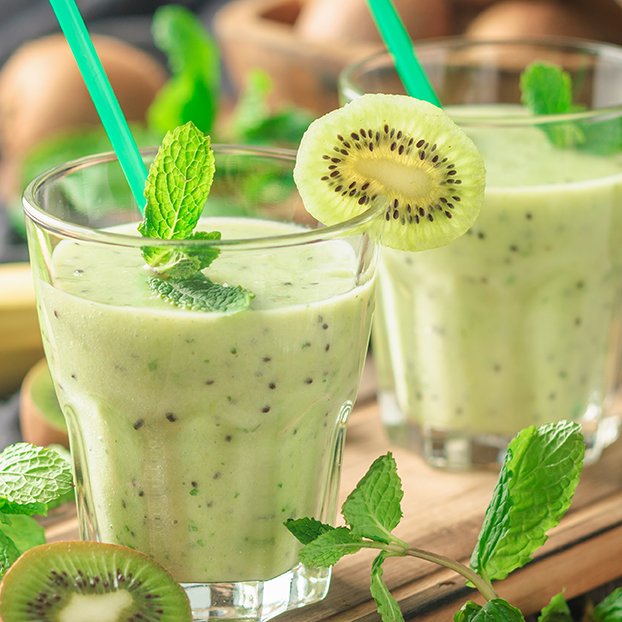This post is also available in: Français
This post is also available in: Français
We’ve all experienced muscle pain at one time or another, whether it’s exercising, carrying grocery bags, or simply getting older… This pain can be frustrating and limiting. But what are the real causes of muscle pain? In this article, we are going to take a closer look at these. Whether you are a seasoned athlete or simply trying to stay active, read on to get helpful tips!
Muscle pain can occur for different reasons. Indeed, it’s frequent following an intense and/or unusual physical activity. It can also occur because of repetitive movements, a sudden movement, or a bad fall – situations that can lead to muscle lesions.
Here are the main types of muscle pain:
Aches are pains that can be quite intense, linked to the overuse of the affected muscles. These pains are caused by the oxygen needs of the muscle fibres, which are increased by effort. The body then produces lactic acid, which disrupts the work of the muscles when they are solicited following sports practice. Pain in such a context can also be linked to micro tears of muscle fibres. They appear quickly after sports practice but disappear in a few days.
This is a different type of pain, which occurs when a muscle twitches involuntarily. There may be spasms, which cause visible contractions of the muscle or a muscle group. The pain can then be intense. Cramps can occur during physical activity, or even for no apparent reason, such as during sleep. It is then difficult to clearly explain the causes, which may be related to disturbances of the nervous system or a deficiency of certain minerals.
A bruise occurs when a muscle suffers an impact. This translates itself as localized pain in the place where the impact occurred, swelling, and the appearance of a bruise. The pain and symptoms are usually proportional to the force of the trauma.
The muscles themselves can suffer injuries at different stages, such as because of a fall or wrong movement. Depending on the degree of severity, muscle fibres can be stretched (elongation), they can break in part (strain), or tear completely (muscle tear, equivalent to a “fracture” of the muscle).
Muscle pain is not always controllable, especially when it’s caused by an injury to the muscle. However, a few good habits can help prevent pain caused by aches or cramps, and even limit risks of injuries during physical activity. Here are some tips that go in this direction:

This is a good habit that all athletes should adopt in order to prevent aches and limit risks of injury. A warm-up is cardiovascular activity to increase the supply of oxygen to the body, as well as to mobilize muscles and joints. A good warm-up prepares the body for the effort and its different structures to the needs of the physical activity. Dynamic stretches can also be done in the warm-up phase. These are precise movements intended to mimic the movements performed in sports to reduce the risk of injury afterwards.

Stretching exercises should be done regularly to improve muscle and joint flexibility. Ultimately, these can help prevent injury. However, stretching directly after a sports session isn’t recommended. Contrary to popular belief, this would risk increasing aches, rather than the opposite. However, you can do physical activities such as yoga and Pilates, two disciplines that help increase flexibility.

When pain occurs because of an activity involving repetitive movements, or if a painful cramp occurs during the sports practice, the activity must be stopped. Otherwise, you are exposing yourself to a high risk of injury.

Some vitamins play an important role in the proper functioning of muscles. This is particularly the case for vitamin D, deficiencies of which can lead to muscle weakness and pain. Fatty fish, eggs, and fortified dairy products are good sources of vitamin D. Vitamin B, on the other hand, helps with muscle recovery after exercise. It’s found in salmon, leafy green vegetables, bananas, avocados, etc.
Remember that persistent pain should prompt you to seek the advice of a doctor, especially if it’s accompanied by signs of inflammation (redness, warmth of the area, edema).
© All rights reserved. Genacol 2025

Please wait while you are redirected to the right page...